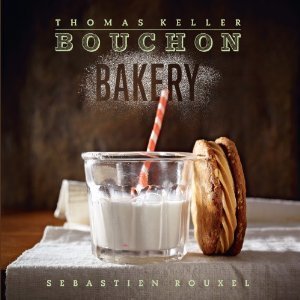
Some advice they gave, however, felt unrealistic or unfeasible for a hobby baker. I personally don’t plan on ordering pre-cut rectangles of parchment paper from restaurant specialty shops or acquiring a bicycle pastry cutter, and I definitely don’t have all (or even most) of the pastry bag tips they suggest. Unfortunately, the too-small font combined with the sheen of the pages and the unwieldy size of the book make this book difficult to read for very long.
Since I didn’t find my pumpkin scone recipe, I went with the next closest thing: pumpkin muffins. I opted to not decorate, frost, or fill mine (sorry, coworkers).
I did make a few changes to this recipe to make it work in my kitchen:
-
I didn’t have a stand mixer with a whisk attachment, so I whisked the batter by hand.
-
I used ground nutmeg instead of fresh grated nutmeg.
-
I used unsweetened applesauce in one batch (instead of eggs) for a vegan friendly version.
-
I also didn’t have a kitchen scale, so I used the cup/spoon measurements provided.
Since I had the home team advantage, I tried one of each (traditional and eggless) as soon as they were cool enough to eat. I could tell that they were dry but had the bready fall flavor I was looking for. Aside from that, I couldn’t tell the difference between the two once they were baked. In dough form, it was visibly obvious that the applesauce batter was more moist. The consensus from my coworkers was that the muffins were dry but had a lot of flavor–the clove flavor especially stood out. Some of their comments include:
-
Good, but not as moist as I would like.
-
Delightfully crusty on top, and crumbly inside. Appreciate that they aren’t greasy like so many muffins.
-
A little dry, very dense, I like the cloves.
-
Good spice flavor, but very dense and somewhat dry. Afterburn with the clove, which is nice.
-
Very tasty, but they are a tad dry. The no-egg version [muffins] are much more moist! Very good!!
A couple of people suggested adding things like chocolate chips or walnuts. Overall, I thought these were pretty tasty and definitely worth the effort.
Recipe
Ingredients
All-purpose flour 200 grams | 1 ¼ cups + 3 tablespoons
Baking soda 2.3 grams | ½ teaspoon
Ground cinnamon 2.2 grams | ¾ + ⅛ teaspoon
Ground cloves 0.6 gram | ¼ teaspoon
Freshly grated nutmeg 0.5 gram | ½ teaspoon
Ground allspice 0.1 gram | pinch
Kosher salt 1 gram | ½ teaspoon
Granulated sugar 222 grams | 1 cup + 2 teaspoons
Canola oil 100 grams | ¼ cup + 3 tablespoons
Pure canned pumpkin puree or fresh pumpkin puree 210 grams| ¾ cup + 2 tablespoons
Eggs 100 grams | ¼ cup + 2 ½ tablespoons
Golden raisins (optional) 80 grams | ½ cup + ½ tablespoon
Cream cheese frosting 286 grams | 1 ¼ cups
You’ll need a 6-cup jumbo muffin pan, muffin papers, a disposable pastry bag, a pastry bag with an Ateco #865 French star tip (optional), and a 1 ⅜ inch round cutter (optional)
Instructions
TO BAKE THE MUFFINS: Preheat the oven to 425 degrees F (standard). Line the muffin pan with muffin papers and spray the papers with nonstick spray.
Transfer the batter to the disposable pastry bag and cut ½ inch of the tip from the bag; or use a large spoon. Pipe or spoon the batter into the papers, stopping ½ inch from the top (140 grams each).
Place the pan in the oven, lower the oven temperature to 325 degrees F, and bake for 45 to 48 minutes, or until the muffins are golden brown and a skewer inserted in the center comes out clean. Set the pan on a cooling rack and cool completely.
TO FILL THE MUFFINS: Using the round cutter, cut through the top of each muffin, stopping ½ inch from the bottom, and carefully remove the center (or use a paring knife to remove the centers).
Transfer the frosting to the pastry bag with the star tip and fill the cavity of each muffin with 35 grams/2 ½ tablespoons of the frosting. Then pipe a rosette in the center of each muffin. Refrigerate uncovered for about 30 minutes to firm.
The muffins are best the day they are completed, but they can be refrigerated in a covered container for up to 3 days. Unfilled muffins can be wrapped individually in a few layers of plastic wrap or stored in a single layer in a covered container at room temperature for up to 3 days or frozen for up to 1 week. Makes 6 muffins.


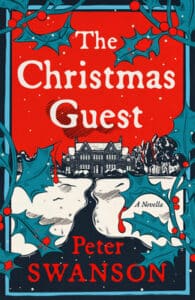 From the publisher: A spectacularly spine-chilling novella in which an American art student in London is invited to join a classmate for the holidays at Starvewood Hall, her family’s Cotswold manor house. But behind the holly and pine boughs, secrets are about to unravel, revealing this seemingly charming English village’s grim history.
From the publisher: A spectacularly spine-chilling novella in which an American art student in London is invited to join a classmate for the holidays at Starvewood Hall, her family’s Cotswold manor house. But behind the holly and pine boughs, secrets are about to unravel, revealing this seemingly charming English village’s grim history.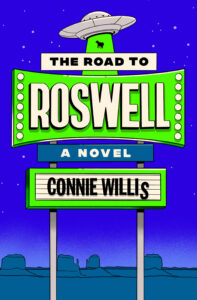 From the publisher: A delightful novel about alien invasions, conspiracies, and the incredibly silly things people are willing to believe—some of which may actually be true. Part alien-abduction adventure, part road trip saga, part romantic comedy, The Road to Roswell is packed full of Men in Black, Elvis impersonators, tourist traps, rattlesnakes, chemtrails, and Close Encounters of the Third, Fourth, and Fifth kind.
From the publisher: A delightful novel about alien invasions, conspiracies, and the incredibly silly things people are willing to believe—some of which may actually be true. Part alien-abduction adventure, part road trip saga, part romantic comedy, The Road to Roswell is packed full of Men in Black, Elvis impersonators, tourist traps, rattlesnakes, chemtrails, and Close Encounters of the Third, Fourth, and Fifth kind. From the publisher: The discovery of a submerged car in a murky pond reveals betrayals and family secrets that will tear a small town apart.
From the publisher: The discovery of a submerged car in a murky pond reveals betrayals and family secrets that will tear a small town apart.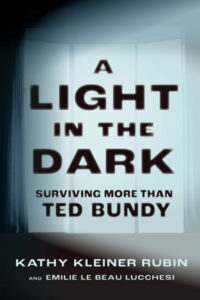 From the publisher: The first book by a confirmed survivor of Ted Bundy, and the only memoir to challenge the popular narrative of Bundy as a handsome killer who charmed his victims into trusting him.
From the publisher: The first book by a confirmed survivor of Ted Bundy, and the only memoir to challenge the popular narrative of Bundy as a handsome killer who charmed his victims into trusting him.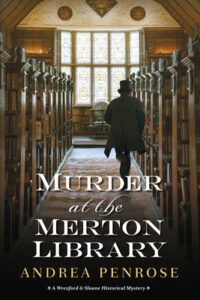 From the publisher: A perplexing murder in a renowned Oxford University library and a suspicious fire at a famous inventor’s London laboratory set Wrexford and Lady Charlotte on two separate investigations in this masterfully plotted, atmospheric Regency-set mystery.
From the publisher: A perplexing murder in a renowned Oxford University library and a suspicious fire at a famous inventor’s London laboratory set Wrexford and Lady Charlotte on two separate investigations in this masterfully plotted, atmospheric Regency-set mystery.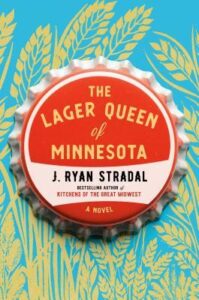 Lager Queen of Minnesota by J. Ryan Stradal
Lager Queen of Minnesota by J. Ryan Stradal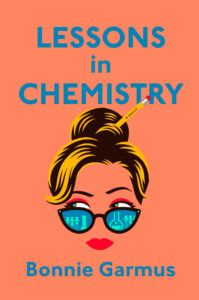 Lessons in Chemistry by Bonnie Garmus
Lessons in Chemistry by Bonnie Garmus Epilogue by Will Boast
Epilogue by Will Boast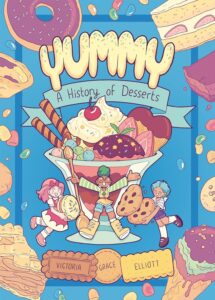 Welcome to Cooking the Books, where we try recipes found in, well, books! This month, Children’s Assistant & STEM Specialist Ms. Meghan tried out a recipe from one of her recent favs:
Welcome to Cooking the Books, where we try recipes found in, well, books! This month, Children’s Assistant & STEM Specialist Ms. Meghan tried out a recipe from one of her recent favs: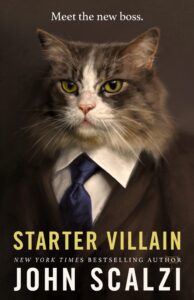 From the publisher: Inheriting your uncle’s supervillain business is more complicated than you might think. Particularly when you discover who’s running the place.
From the publisher: Inheriting your uncle’s supervillain business is more complicated than you might think. Particularly when you discover who’s running the place.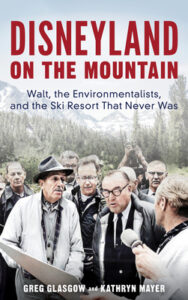 From the publisher: A fascinating look at Walt Disney’s last, unfinished project and the controversy that surrounded it, including the budding environmental movement that made sure the resort never saw the light of day.
From the publisher: A fascinating look at Walt Disney’s last, unfinished project and the controversy that surrounded it, including the budding environmental movement that made sure the resort never saw the light of day.